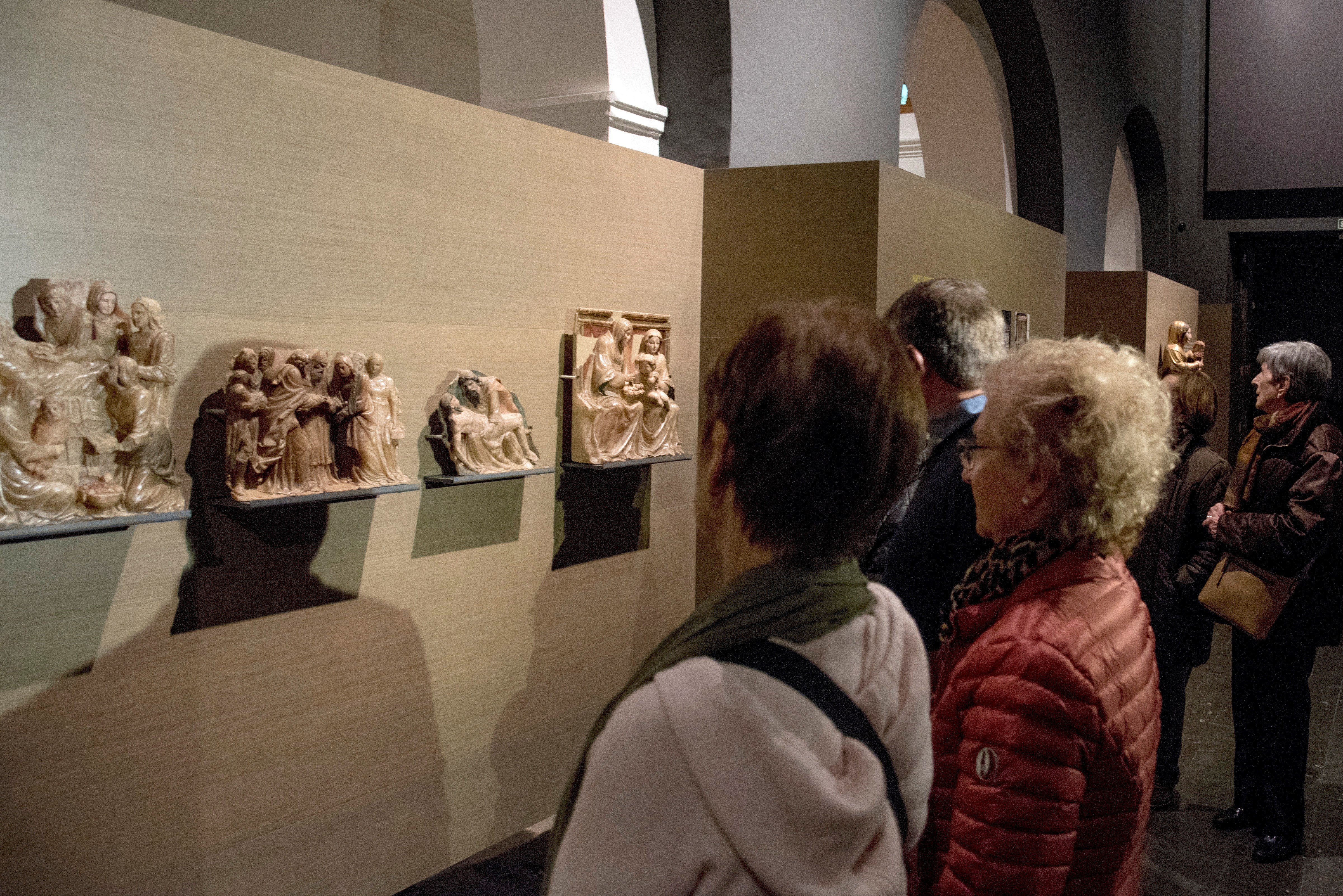Santa María de Sixena is an 800-year old convent in Aragon. In 1936, during the Spanish Civil War, a fire damaged the abbey. As such, a number of historic murals were removed and taken to a museum in Barcelona, Catalonia, for conservation. After the war, a second collection of artworks were sold in disputed circumstances by the religious community to museums in Catalonia. In 2013, the government of Aragon reclaimed the works, which sparked a long, complicated legal battle. The Aragonese argument is that they couldn't be legally removed in the first place and so now should be returned. The Catalan argument is that the convent cannot sufficiently conserve the works, that they would be damaged in transit anyway, they were acquired legally and that they cannot be returned legally without revoking their protected cultural heritage status in Catalonia.
A court in Huesca, Aragon, has now dismissed appeals from the Catalan government and MNAC (National Museum of Art of Catalonia) against the verdict of a lower Huesca court which declared null the purchase of the 97 artworks under contention. The verdict comes the same week as Spanish Culture minister, Íñigo Méndez de Vigo, acting Catalan Culture minister after the application of article 155 of the Spanish Constitution, ordered the original verdict from April 2015 to be complied with. This obliges the removal to Aragon of the 44 pieces currently in a museum in Lleida, Catalonia.
The 51 pieces that were in MNAC have already been taken to Sixena, following the provisional sentence, whilst two others are in unknown locations. The involved parties now have twenty days to present cassation appeals or appeals based on procedural irregularities to the same court.
According to the lawyer for Vilanova de Sixena, Jorge Español, the sentence is "devastating" for the Catalan government, who he asks to recognise that they have lost the case and to deliver the Aragon the remaining works. The court in Huesca argued that the purchases were not accredited and that there is no document which confirms that Catalonia did end up paying the monks for the pieces.
As for the arguments from the Catalan Culture ministry and the MNAC to refuse the transfer over the unity of the collection and the fact that the artworks have protected status in Catalonia, the court concludes that the works were previously under protected status in Aragon since the monastery was declared a national monument in 1923. As such, they were considered objects of cultural interest before being added to the list of Catalan cultural heritage.
The verdict continues that, having been declared a national monument, it automatically became a historical-artistic monument after a 1933 law and an object of cultural interest according to the law of Spanish historical heritage. As such, the court disagrees with the Catalan argument that only the monastery buildings were protected, and not their contents. The Huesca court argues that the artworks under dispute have the same national monument status as the building as "the monastery has to be considered an an indivisible whole" and "the appropriate protection of cultural heritage is not compatible with the splitting up of the monumental collection".

